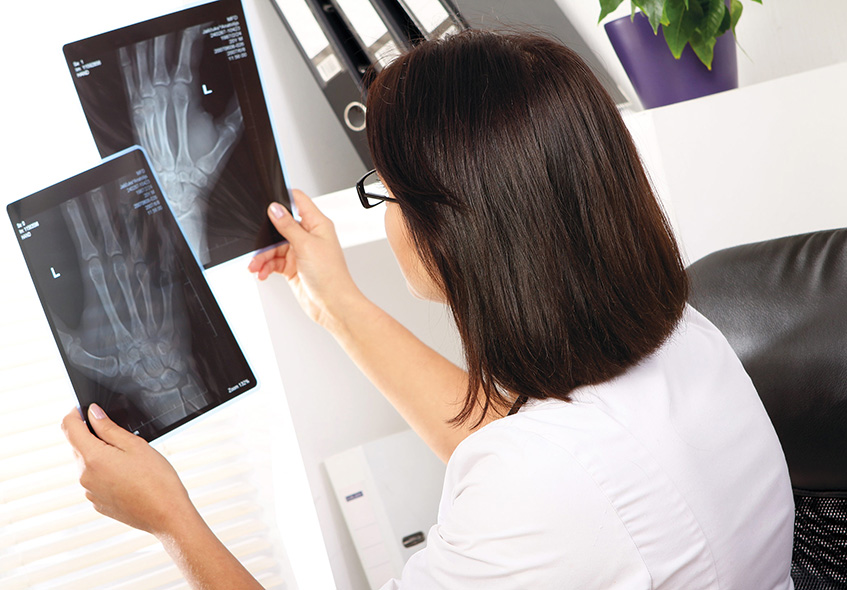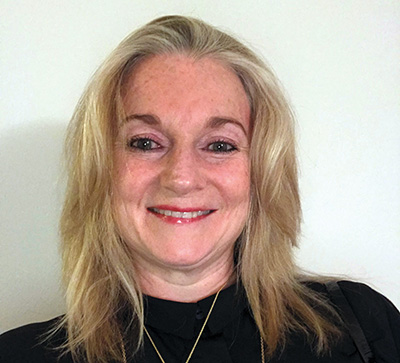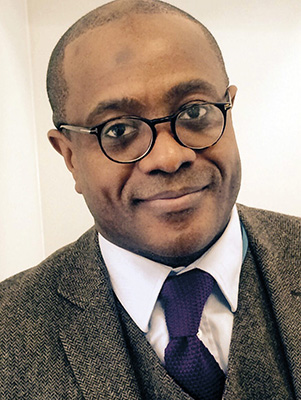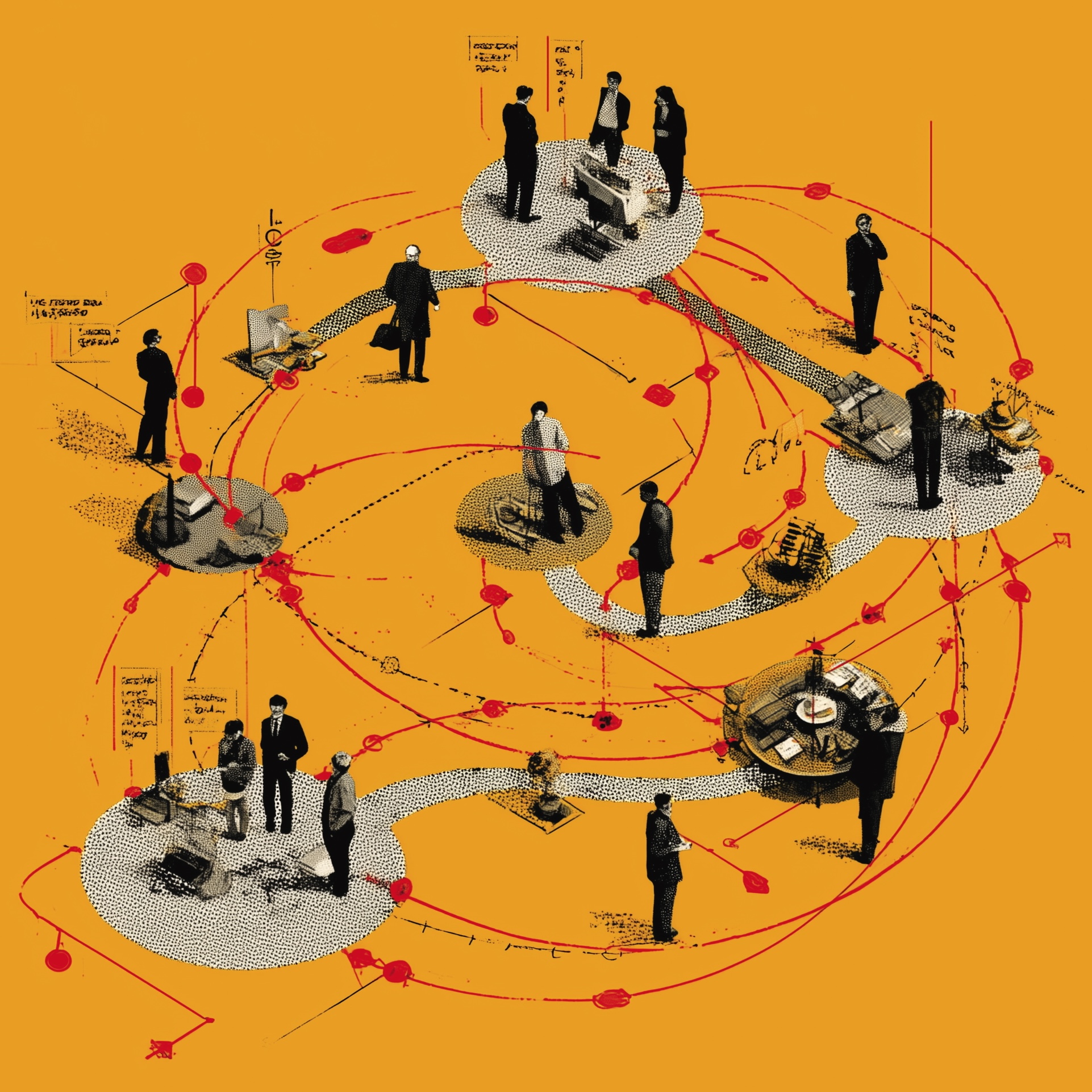Turning round Imperial’s struggling hand clinic
We look at how a team of managers, clinicians and QI specialists tackled the frustrating delays in treating hand injuries at Imperial College.

Not long ago, the experience for many patients suffering hand or wrist injuries in north-west London was “chaotic”, staff say. Injury assessment, surgery and rehabilitation were all subject to substantial delays, raising the risk of complications and poor outcomes. The trust even faced legal claims from patients who needed corrective surgery after delays to wrist injury treatment.
Interventions were coming “too late in many cases,” says consultant trauma and orthopaedic surgeon Raymond Anakwe, who works at St Mary’s Hospital, Paddington. “Fractures start to heal after two weeks, so you really need to see patients within that period.”
In 2016, managers, clinicians and therapists got together with quality improvement (QI) specialists to tackle the problem. The project was funded by the trust and a £75,000 grant from the National Institute for Health Research’s Collaboration for Leadership in Applied Health Research and Care programme (CLAHRC) covering north-west London.
Wendy Carnegie, a CLAHRC improvement science manager employed by nearby Chelsea and Westminster Hospital, had the ideal background for it. “Before, I was a matron of operating theatres at Chelsea and Westminster and I’ve had experience myself of having hand and wrist surgery, and then hand therapy,” she explains. “I was also used to coordinating emergency surgery and very aware of all the opposing needs and that all kind of thing.”
 Wendy Carnegie: “The traditional model… could be an inefficient ordeal for both patients and staff, with Monday-morning clinics regularly rammed with 60 people and not enough chairs”.
Long waits for treatment
Wendy Carnegie: “The traditional model… could be an inefficient ordeal for both patients and staff, with Monday-morning clinics regularly rammed with 60 people and not enough chairs”.
Long waits for treatment

A clinical audit of 2016 data showed that 31% of patients waited over 15 days for surgery following a fracture, and another 28% waited between eight and 14 days. The most common reason for the delays was the long wait for the first clinical review at the fracture clinic.
The QI initiative set out to deliver more timely treatment, more efficient use of resources and increased patient and staff confidence in the hand and wrist service. Carnegie worked alongside the trust’s own QI team and clinicians, offering support, guidance and help with implementing well-researched QI methods.
The team met with stakeholders to agree on what was causing the problems and the objectives of the project. “My position wasn’t to offer solutions, it was to ask well-placed questions to get them to think about their local solutions,” Carnegie explains.
Virtual clinic
In October 2016, work began on developing a new pathway. This meant creating a bespoke referral and “virtual review” software system to reduce the time between presentation and clinical review. The aim was to accelerate triage of patients to one of three destinations – fracture clinic, hand therapy or direct discharge.

“We’re able to remotely look at the history that’s been given by the referring clinician, look at the X-rays and imaging sent with it into our system,” Dr Anakwe explains. “We then prioritise and decide who needs to be seen face-to-face and when they need to be seen. It enables us to manage the workload more efficiently.”
Patients who need an operation or to see a consultant are booked in via the system for a consultant appointment. They receive notification immediately. When the clinical decision is hand therapy – help with rehabilitation, managing pain and re-establishing full function of the hand – the referral and consultant’s diagnosis is copied straightaway to the therapy team, who then contact patients to book an appointment and send injury-specific information for them to read.
Patients who can be safely discharged – such as those with a sprain or soft tissue injury – are sent information and guidance for self-management, links to a patient website and details of education sessions they can attend.
Keeping patients happy
At first, both managers and clinicians were worried that discharged patients could feel “fobbed off” by this approach. “When you’re discharged, you’re potentially vulnerable,” Carnegie says. “Obviously, patients can walk back into an A&E or urgent care centre but that’s not our hope because we’re trying to manage people effectively.”
So it was important to find out how patients felt about using the system and make changes if necessary. Patient and staff feedback was captured online and by verbal surveys and focus groups. As a result, discharged patients now receive a phone call within a week from a hand therapist who can answer their questions, deal with any problems and make sure they don’t feel “neglected” by the system.
“We’ve been monitoring this to make sure we are not dismissing patients and making them unhappy, and we’ve got lots of data showing we’re not doing that,” Anakwe explains.
Reviews within 48 hours
Following the 18-month project, all patients now have their first virtual review within 48 hours. “Previously, in the traditional model, 100% of people were referred to the hand clinic for a face to face consultation,” Carnegie says. This could be an inefficient ordeal for both patients and staff, she recalls, with Monday-morning clinics regularly “rammed with 60 people and not enough chairs”.
That has changed. Analysis shows that out of 2,449 patients referred into the virtual clinic in 2017, only 60% were triaged to hand clinic, while 18% were referred for hand therapy and 22% discharged from the service.
Managers and clinical staff are delighted with the results. “Before, it was much more chaotic, we didn’t have a very good handle on it,” Anakwe says. “There’s a large cohort of patients we can tell straight away don’t need an operation. We’ve got highly skilled hand therapists, with a background in physiotherapy or occupational therapy, capable of treating a lot of these patients. And with the right information and education, a lot of patients are able to self care.”
There are still some glitches to be ironed out. Of the patients discharged, 17% “re-entered” the pathway for treatment in the fracture clinic or by hand therapy. The team says the reasons for this are being investigated.
Increased referrals and patient satisfaction
The trust says improvements were observed despite a threefold increase in referrals – from an average 17 patients per week in January 2017 to 57 patients in December 2017. Feedback from patients has shown increased satisfaction with the service, particularly with the reduction in unnecessary hospital visits.
Carnegie says she and colleagues from CLAHRC valued the experience of working on the project and felt very much “part of the team” at Imperial, while Anakwe enthuses about the “amazing” support from CLAHRC.
“It’s been really important because there’s a temptation to press ahead and do what you want to do, see the good in it and not necessarily hold yourself to account,” he explains. “But they’ve been really good at making us go through the process, use some validated quality improvement techniques and report on what we’re doing as we go.”
The “proof of the pudding”, Anakwe says, is that the trust has decided to continue supporting the project now the CLAHRC funding has run its course.
The other team members working on the project were: Joelle Chalmer, Fats Ogunlayi, Andrew Harrison, Sharika Ali, Pooja Panchasara, Alan Poots, and Mable Nakubulwa. If you’d like to discuss the project further, email Wendy Carnegie: w.carnegie@imperial.ac.uk
Related News
-

NHS job cuts: you’ll never walk alone
As the NHS redundancies in England loom, Rhys McKenzie explains how MiP will back you, and how members supporting each other and acting collectively is the best way to navigate this difficult process.
-

What now? Seven expert takes on the Ten-Year Plan
The government’s Ten-Year Plan for the NHS in England has met with enthusiasm and exasperation in equal measure. We asked seven healthcare experts to give us their considered view on one aspect that interests, excites or annoys them.
-

NHS job cuts: what are your options?
When politicians start reforming the NHS, there is only one certainty: some people will lose their jobs. But what options might be on the table and how does redundancy work? Corrado Valle explains.